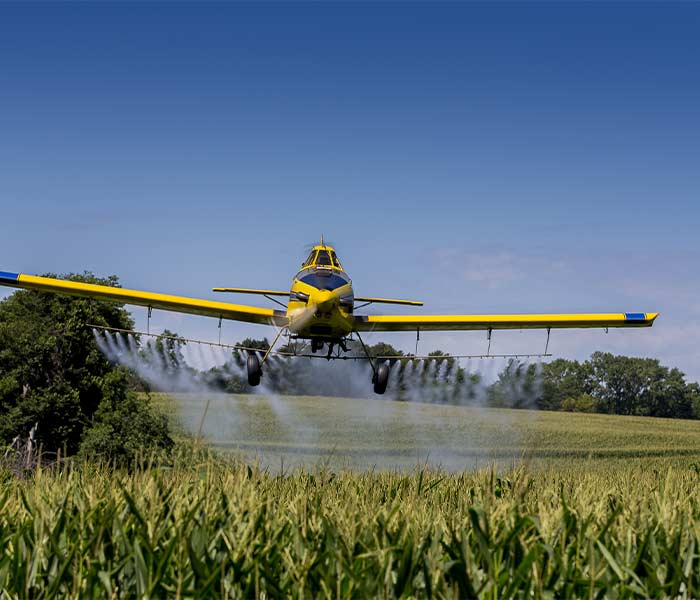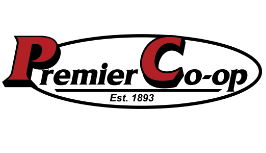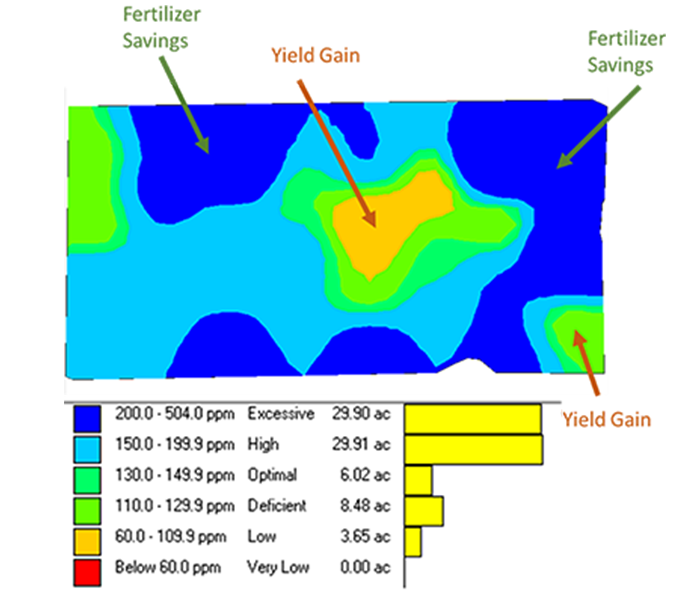Every year, I get fooled by some article on milk pricing and the forecasters predicting the price that we will see in the future. They take on the nearly impossible quest of prediction with the same confidence of the newscaster reading the weather on my tv, and we all know how that went this spring. In February the mailbox price was in the $15 cwt range and now, fast forward to June, we are around $19 cwt. On a 600-cow dairy, that’s about $75,000 a month difference equating to just under a cool million in a year. How does your farm handle this volatility? I don’t think there’s a magic cookie cutter answer in how we manage this, and it appears volatility is here to stay in commodity prices.
Managing the expenses for the dairy business has always been a challenge. The new era of volatility magnifies that challenge. When we look at the income and expense categories of a dairy farm it’s easy to see the #1 income is milk (granted the beef x dairy cross value has been quite generous) and the #1 expense is overwhelmingly feed (although consistently increasing heifer raising costs will make the heart race a little quicker as well). As consultants, we are always talking about how do we/you get more milk? Why more milk? It’s well established that the more production you get, the higher your Income Over Feed Cost (IOFC) will be. IOFC is what makes the business run. Stating the obvious, it takes exceptional management to master the expense side of a dairy business. However, there are also several key areas that I observe and work with every day that steal profits from your dairy businesses and most reside right inside the feed division on your dairy. The following can reduce the expense side significantly on a dairy. They are all simple and all of them should be discussions you can have with your Premier Nutritionist regularly. It's never too early to get started.
Feed Inventory
How much feed do you need to feed the herd for the whole year, including shrink? The most expensive feed to buy is the feed you don’t plan on buying and are forced to buy versus feed you had planned on. It does not cost anything to plan. Do you have enough acres for forage? Grain? Are you planning your needs and being strategic in purchasing? The basic need and largest part of a diet is forage. The most economical feed stuff to grow and feed is corn silage, followed by haylage, and in my opinion corn silage is king. If you have winter kill in alfalfa, the biggest bang for your buck is to replant with corn for corn silage if it fits your NRCS plan. Sorghum-sudangrass or Italian ryegrass is immensely inferior to both corn for silage or established alfalfa. In my previous observations, Italian ryegrass is a very poor yielding forage when interseeded into alfalfa, and sorghum-sudan is difficult to harvest and does not yield as advertised.
Contracting or Hedge Positions on Feed Ingredients
Contracting and hedging can be as simple or as difficult as you want to make them. A simple physical contract through Premier has no upfront cash outlay and is by far the best way to level out high prices. The hardest part is watching the trends, and the best advice is look for value. If you’re trying to hit the low, the only guarantee is that you probably won’t hit it and will be left without any coverage, instead of just looking for value. Value equals the fixed price of feed that you can make money on in relation to what your milk price is. Talk with your Premier nutritionist to see how easy it is to take a position on feed.
TMR Software
There are a number of these on the market in varying levels of price and complexity. TMR software is the best tool to help feeders feed cows. They are also the best tools to manage feed inventory, bunk management, feed shrink and dry matter corrections. If you are weighing feed on your farm to feed cows, TMR software will make a difference. It’s easy to incorporate and using it at the basic levels can help make a difference in the economics of the dairy.
Bunk Management
Are you overfeeding and wasting feed? Underfeeding and causing herd health issues along with leaving milk on the table? Subtly adjusting your feed amount daily based on the amount of feed the cows are eating will help maximize milk yield and minimize costly feed refusal.
Feed Shrink
Feed shrink can be a monstrous invisible expense. Think of your feed area. Is it tidy and cleaned up daily with unused feed put back and saved for the next feeding? Without TMR software there is no tool to measure if you’re over or underfeeding ingredients. Corn is getting more appealing to buy as it’s dropping, however, I get asked all the time now about corn alternatives. There are plenty of options. Last year milk was worth $0.26 per lb and corn was $0.14 per pound, but this year those metrics have changed a little. What hasn’t changed is that financial guys always say “cash is king” and in my opinion “milk makes the cash”. In lean times making milk makes more sense. It’s better to focus on keeping everything cleaned up, accuracy, correct feed weights, and proper refusal.
Dry Matter Corrections
Dry matter corrections are the most basic practice to mitigate variation when feeding, and if you don’t have a process to check on the farm, it’s easy to implement. If you aren’t checking consistently on the farm there is a lot of room for improvement and considerable savings.
Water
This is the cheapest one of all practices to implement. Clean fresh water! A trial was completed by Zinpro and brought to my attention from Ron Muneke that is quite stunning.
Does the feed division on your dairy practice these simple procedures or utilize your TMR software available at its fullest capability? It’s never too late to start any of these. We are always quick to make diet or ration changes and I’m as guilty as anyone to want to change diets to save some feed costs. All too often we have numerous savings sitting right under our nose by the way we manage the feeding and we just don’t spend enough time to evaluate those. I urge you to take time to consider some of these tools, have the discussion with your Premier consultant, and start to monitor some of those areas that can be stealing revenue from your business.

Brian Reilly
Feed Sales Manager



